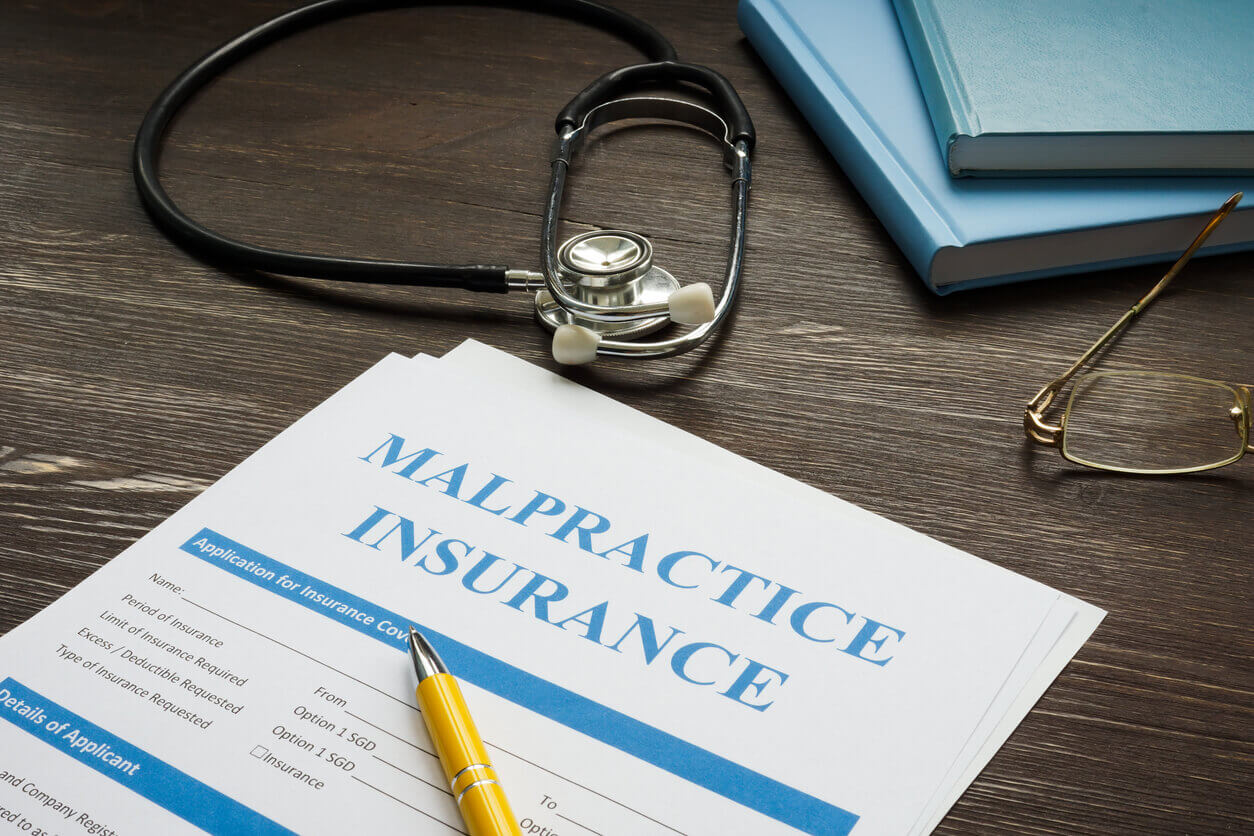
Telemedicine has come to the forefront of the patient and provider communities. As with all care delivery methods, televisits via tablet, phone, or computer have medical malpractice risks. Proper standards of medical care must be followed just as with in-person visits. But what are the unique problems telemedicine is creating for providers?
Let’s learn more about telemedicine malpractice claims and the risks and liability involved in telehealth practice.
The Reasons Why People Like Telemedicine
Telemedicine became highly popularized and utilized during the COVID-19 pandemic. The risk of infection and virus transmission was nil during a televisit with a physician or other provider. People did not have to leave their homes to don masks and adhere to awkward separation protocols.
Now, as the pandemic is over, people continue to like the convenience of doctor’s visits right in the comfort of their own homes. Care may be provided during off hours, and with the shortage of medical support staff, telemedicine visits can be simpler and easier to execute.
Risks Unique to Telemedicine
When a patient comes to a medical clinic for an in-person evaluation, he or she is assured of the physical presence of the healthcare provider, along with certain hands-on methods of evaluation and diagnostics. Examples include chest auscultation with a stethoscope, visual inspection of the skin, palpation of the lymph nodes and abdomen, and so on.
With telemedicine, this head-to-toe assessment is largely absent, and the physician depends on the patient’s reporting of symptoms and a camera’s images of the patient’s areas of concern. This method of examination has its limitations and can leave the provider without sufficient information to make a correct diagnosis. The usual patient-provider relationship is changed and limited.
Additionally, telemedicine visits pose the following risks:
- HIPAA violations
- Hacking of patient and provider information–both medical and financial
- Missed or improper patient charting (and continuity in keeping a detailed patient record)
- Reduced number of follow-up visits
- Medication errors–unknown medication interactions and allergies as examples
Problems of medical licensure also exist. Is the physician licensed to practice via telemedicine visit in another state? With videoconferencing, a patient can be in one state and the physician in an office or a hospital in another.
How to Avoid Telemedicine Malpractice Claims
There are many ways to reduce the risk of malpractice claims when a physician delivers care via videoconferencing. One is to designate a single staff person to take charge of all telemedicine appointments. This individual can be the expert on bookings, billing, and even training other personnel on the correct usage of video and audio equipment.
Also, it’s wise to use the resources of the medical malpractice insurance carrier, who can educate you on the benefits and risks of teleconferencing equipment, what state licensing requirements are, and what riders should be added to existing medical malpractice insurance.
Malpractice Insurance for Telemedicine
At eQuoteMD, we help physicians get the medical malpractice insurance coverage they need at rates that are as affordable as possible. We offer customized policies for providers in every state and all medical specialties. We work only with quality insurance carriers who understand the intricacies of practicing medicine in-person and through telemedicine visits.
To find out more about keeping you and your patients safe, call our St. Louis, Missouri office at (855) 857-8746, or you can request a detailed insurance quote online through our website. We help protect healthcare providers in all medical specialties practicing in every state.



